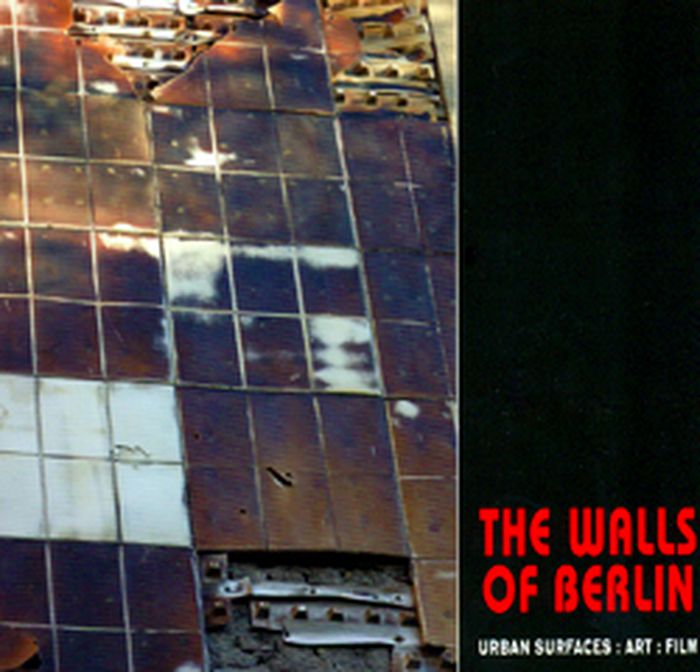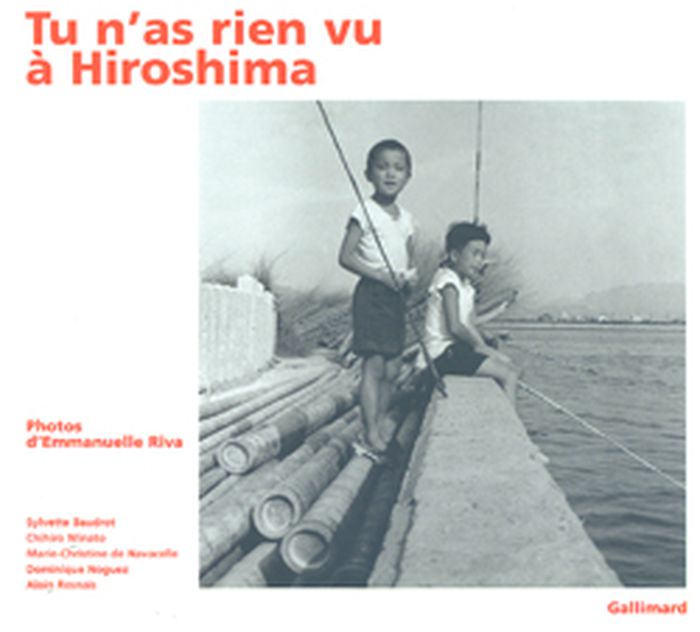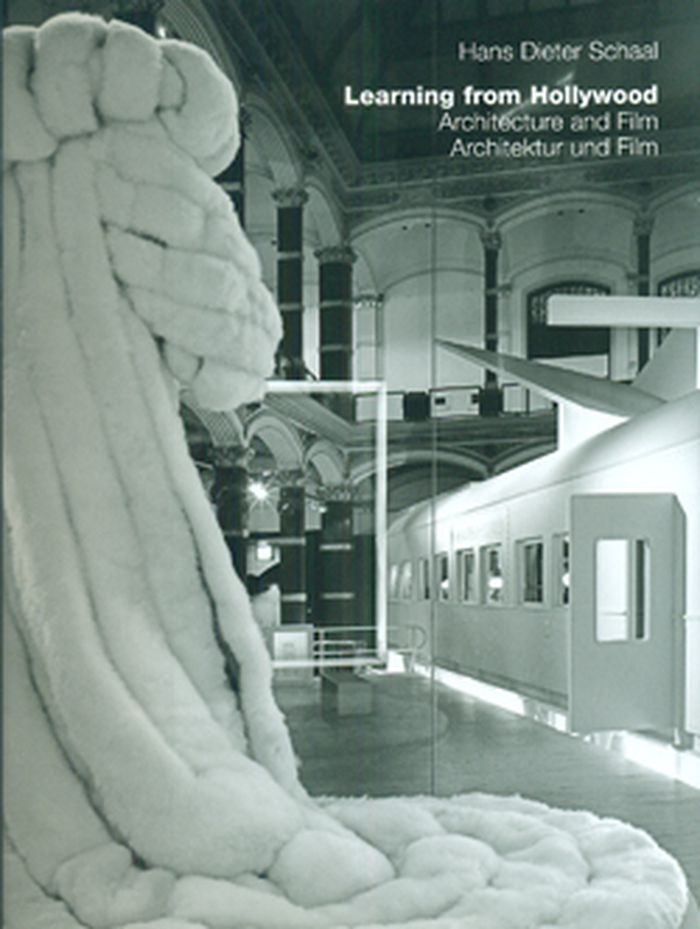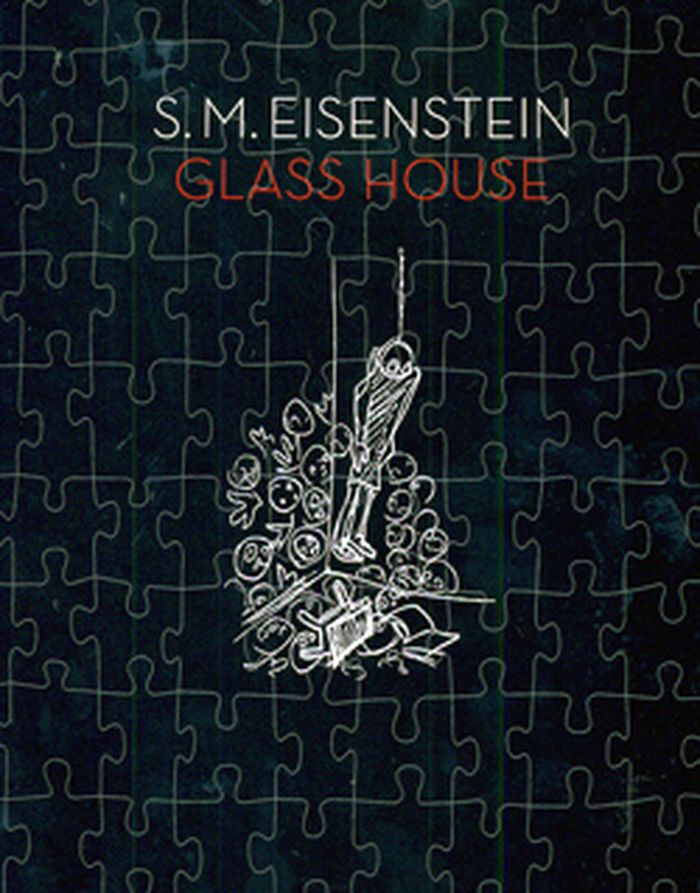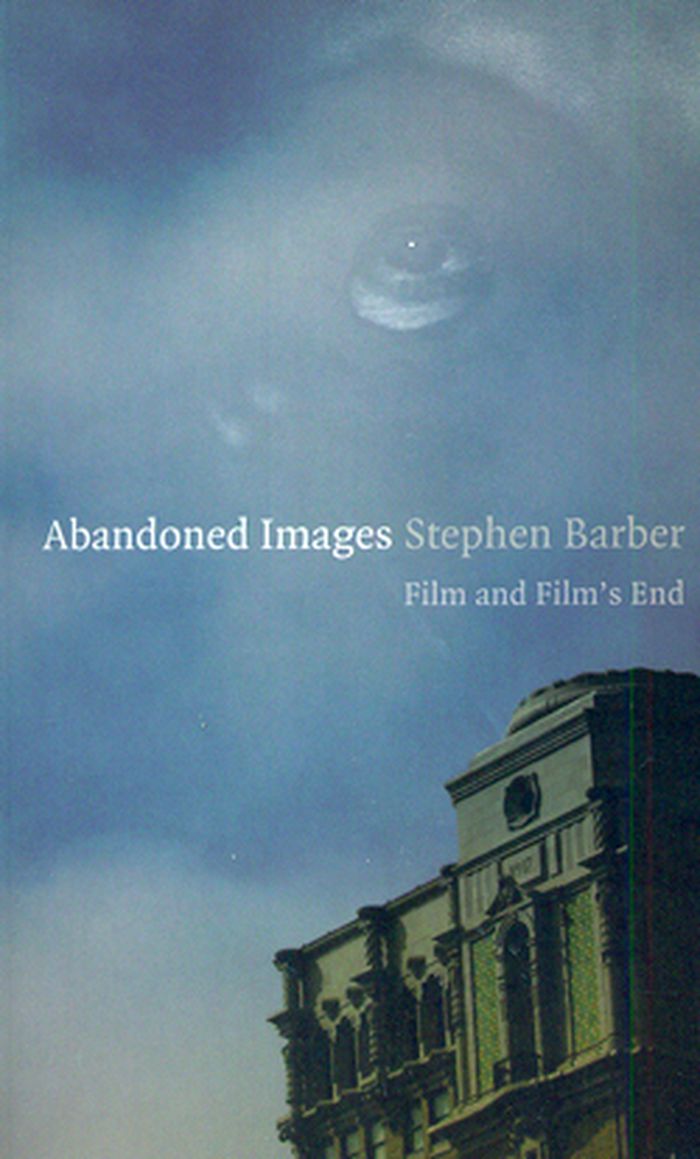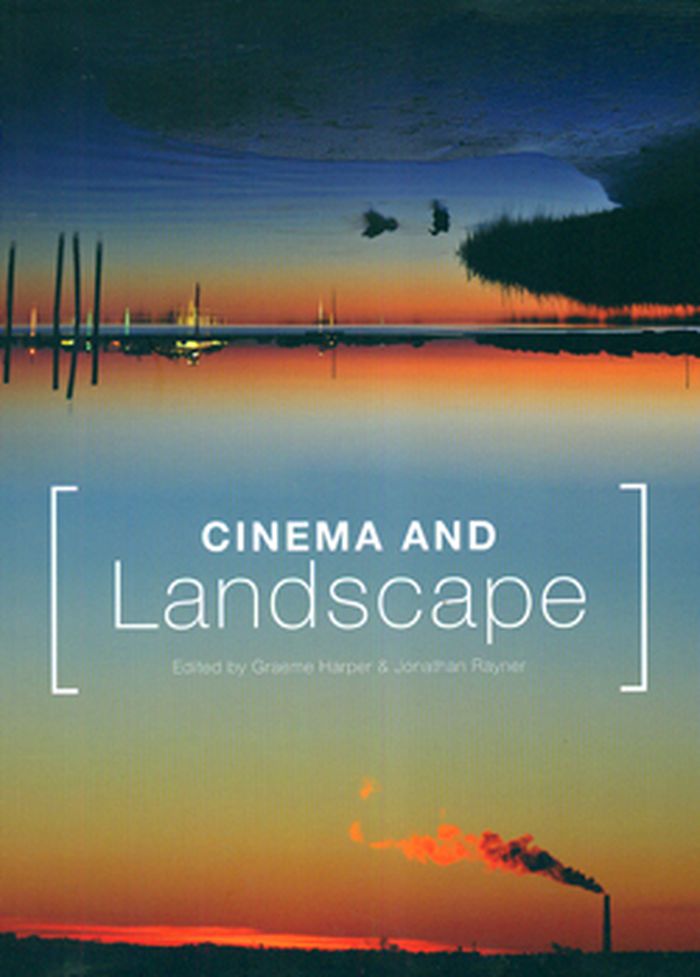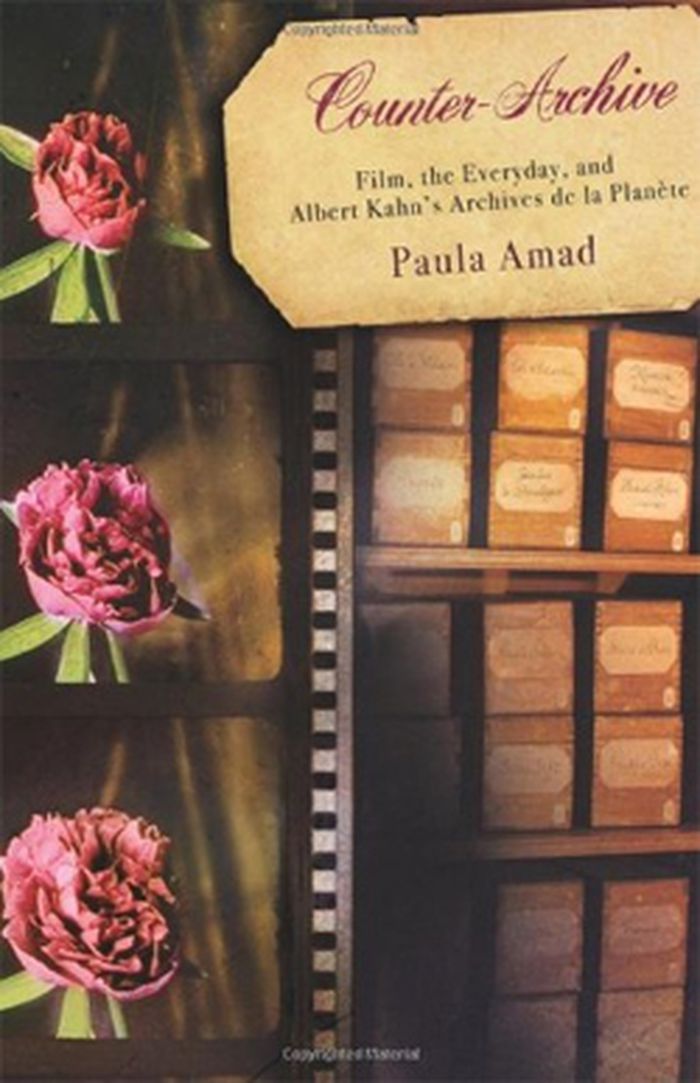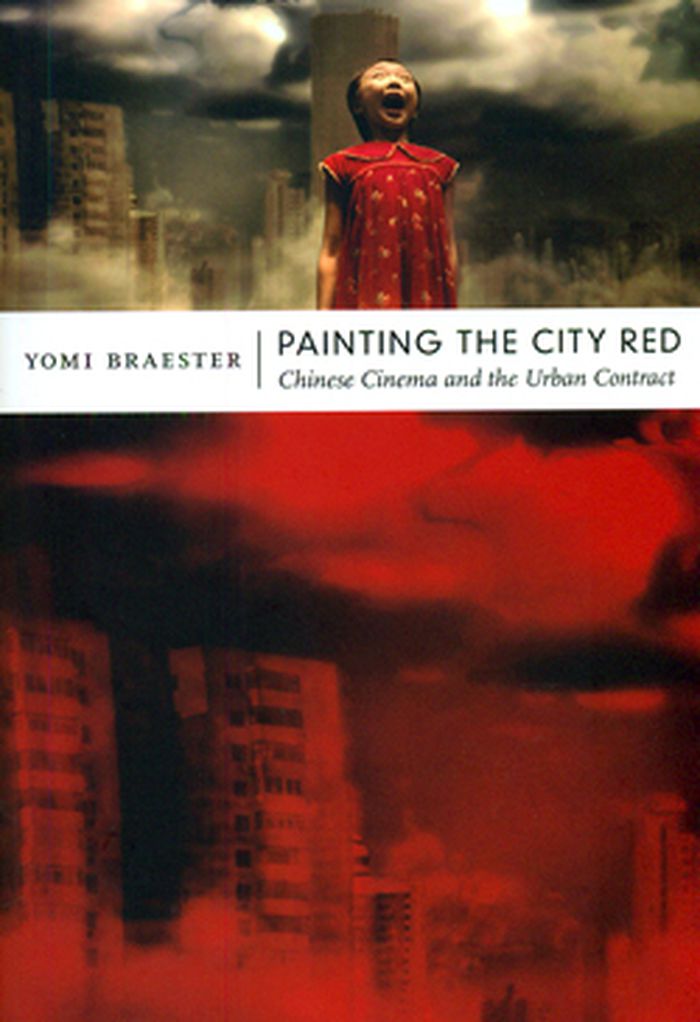$29.95
(disponible sur commande)
Résumé:
Berlin's history of conflict, violence, and transformation has created an arena of particular urban surfaces, from which the present-day city and its layered, wounded past are projected simultaneously. In this publication, cultural historian Stephen Barber explores the intimate connections between those surfaces and the works of art and film that have both incised(...)
The walls of Berlin: urban surfaces, art, film
Actions:
Prix:
$29.95
(disponible sur commande)
Résumé:
Berlin's history of conflict, violence, and transformation has created an arena of particular urban surfaces, from which the present-day city and its layered, wounded past are projected simultaneously. In this publication, cultural historian Stephen Barber explores the intimate connections between those surfaces and the works of art and film that have both incised Berlin's urban screens and been inspired by them. Drawing on a vast range of material - from the first films of Berlin in the 1890s to the city's place in contemporary digital art - this book takes the form of a series of image-propelled journeys across the face of Berlin and through its urban histories, excavating the ricochets among the city, art, and film. In Barber's hands, Berlin's walls become apertures that mediate the city's preoccupations and manias, damage and scars, strata and outgrowths, sexual obsessions, and urban vanishings. The Walls of Berlin is a cultural history of the city's memories-as well as its acts of forgetting-that illuminates overlooked spaces and the sensory presences that inhabit them.
Tu n'as rien vu à Hiroshima
$49.50
(disponible sur commande)
Résumé:
Le 28 juillet 1958, le cinéaste Alain Resnais partait au Japon tourner l'essentiel de ce qui allait devenir un film mythique de l'histoire du cinéma : Hiroshima mon amour. C'est son premier long-métrage et le premier scénario de l'écrivain Marguerite Duras. Le cinquantième anniversaire de ce tournage historique est l'occasion de proposer un regard nouveau sur ce film à(...)
août 2009
Tu n'as rien vu à Hiroshima
Actions:
Prix:
$49.50
(disponible sur commande)
Résumé:
Le 28 juillet 1958, le cinéaste Alain Resnais partait au Japon tourner l'essentiel de ce qui allait devenir un film mythique de l'histoire du cinéma : Hiroshima mon amour. C'est son premier long-métrage et le premier scénario de l'écrivain Marguerite Duras. Le cinquantième anniversaire de ce tournage historique est l'occasion de proposer un regard nouveau sur ce film à travers des textes de Chihiro Minato, Marie-Christine de Navacelle, Dominique Noguez, et aussi d'un entretien avec Emmanuelle Riva. Un remarquable ensemble de photographies, qu'elle a prises avant le tournage, de la ville d'Hiroshima, de ses habitants et surtout de ses enfants, est présenté pour la première fois. Ces images exceptionnelles éclairent le film comme elles éclairent la résurrection, treize ans après le drame du 6 août 1945, de la première ville frappée par la bombe atomique.
$20.95
(disponible sur commande)
Résumé:
Marc Augé was eleven or twelve years old when he first saw Casablanca. The film-with its recurring scenes of waiting, menace, and flight-occupies a significant place in Augé's own memory of his uprooted childhood and the wartime exploits of his family. Seamlessly weaving together film criticism and memoir, Casablanca moves between Augé's insights into the filmgoing(...)
Casablanca: movies and memory
Actions:
Prix:
$20.95
(disponible sur commande)
Résumé:
Marc Augé was eleven or twelve years old when he first saw Casablanca. The film-with its recurring scenes of waiting, menace, and flight-occupies a significant place in Augé's own memory of his uprooted childhood and the wartime exploits of his family. Seamlessly weaving together film criticism and memoir, Casablanca moves between Augé's insights into the filmgoing experience and his reflections on his own life, the collective trauma of France's wartime history, and how such events as the fall of Paris, the exodus of refugees, and the Occupation-all depicted in the film-were lived and are remembered.
$60.00
(disponible sur commande)
Résumé:
Hollywood is not only the secret world capital of dreams and the fictions of the subconscious, but also the capital of architecture. Hollywood is the Rome and the Versailles of the 20th and 21st centuries. A new awareness of space spanning the entire world was created here. These backgrounds, stage sets and filmic spaces are indelibly fixed in every spectator's mind.
Learning from Hollywood: Architecture and film
Actions:
Prix:
$60.00
(disponible sur commande)
Résumé:
Hollywood is not only the secret world capital of dreams and the fictions of the subconscious, but also the capital of architecture. Hollywood is the Rome and the Versailles of the 20th and 21st centuries. A new awareness of space spanning the entire world was created here. These backgrounds, stage sets and filmic spaces are indelibly fixed in every spectator's mind.
livres
Le cinéma aujourd'hui
$69.95
(disponible sur commande)
Résumé:
Le Cinéma aujourd'hui présente un panorama du cinéma international et des films qui se sont imposés sur nos écrans au cours des trente dernières années. L'auteur s'intéresse tout d'abord au nouvel Hollywood : ses réalisateurs et ses genres, et cette capacité à réagir aux changements qui lui a permis de conserver sa position dominante. Les films hollywoodiens sont vus par(...)
Le cinéma aujourd'hui
Actions:
Prix:
$69.95
(disponible sur commande)
Résumé:
Le Cinéma aujourd'hui présente un panorama du cinéma international et des films qui se sont imposés sur nos écrans au cours des trente dernières années. L'auteur s'intéresse tout d'abord au nouvel Hollywood : ses réalisateurs et ses genres, et cette capacité à réagir aux changements qui lui a permis de conserver sa position dominante. Les films hollywoodiens sont vus par des millions de spectateurs de tous pays, pas seulement pour leur qualité de production, mais aussi parce qu'ils touchent les rêves et l'imagination de chacun. L'auteur se tourne ensuite vers les autres lieux de production, l'Europe de l'Ouest et de l'Est, l'Afrique du Nord et l'Amérique latine, les pays d'Océanie et l'industrie indienne du cinéma, appelée Bollywood. Des réalisateurs aussi influents que Steven Spielberg, Chen Kaige ou Jean-Luc Godard côtoient une nouvelle génération d'artistes comme Paul Thomas Anderson, Lukas Moodysson et Samira Makhmalbaf.
livres
janvier 2004
$24.99
(disponible sur commande)
Résumé:
C'est à Berlin, en 1926, que le réalisateur russe S. M. Eisenstein découvre l'utilisation architecturale du verre et la place qu'il occupe dans un certain nombre d'utopies de réconciliation sociale (Gropius, Mies van der Rohe, Le Corbusier…). C'est alors qu'il envisage de réaliser Glass House, un projet inabouti dont il ne reste aujourd'hui que ses notes de travail,(...)
Glass house: du projet de film au film comme projet S. M. Eisenstein
Actions:
Prix:
$24.99
(disponible sur commande)
Résumé:
C'est à Berlin, en 1926, que le réalisateur russe S. M. Eisenstein découvre l'utilisation architecturale du verre et la place qu'il occupe dans un certain nombre d'utopies de réconciliation sociale (Gropius, Mies van der Rohe, Le Corbusier…). C'est alors qu'il envisage de réaliser Glass House, un projet inabouti dont il ne reste aujourd'hui que ses notes de travail, publiées dans cet ouvrage. Un projet pourtant tenté à Hollywood lorsqu'Eisenstein imagina la conception d'un gratte-ciel en verre où tous seraient soumis au regard de tous, où chacun serait renvoyé à sa solitude par soumission aux valeurs capitalistes, et où la question de l'aliénation sociale se mêlerait à celle du «trouble dans le genre» au travers de personnages venus tout droit de la tradition berlinoise du cabaret. Charlie Chaplin, fasciné par cette anti-utopie où lumière et transparence aboutissent à la coercition et à la mort, avait alors soutenu le réalisateur russe. Ce n'est donc pas un hasard si, dans Le Dictateur, Hinckel avoue à Napaloni être amateur de «moderne» et vouloir mettre partout des parois et plafonds en verre. Mais Glass House fut également un projet de cinéma : un cinéma échappant aux lois de la pesanteur, à l'héritage de la peinture naturaliste et à l'architecture traditionnelle, qui conduisit Eisenstein à une réflexion esthétique sur les thèmes du polycentrisme et de l'hétérotopie – thèmes que l'art moderne et contemporain ne cesseront jamais de travailler.
$29.99
(disponible sur commande)
Résumé:
Broadway avenue in downtown Los Angeles holds an extraordinary collection of twelve once-luxurious and now abandoned film-palaces, built between 1910 and 1931. In most cities worldwide, such a concentration of cinemas would have been demolished long ago - here however the buildings have survived the end of film-projection intact, some of their interiors ruined and gutted,(...)
Abandoned images: film and film's end
Actions:
Prix:
$29.99
(disponible sur commande)
Résumé:
Broadway avenue in downtown Los Angeles holds an extraordinary collection of twelve once-luxurious and now abandoned film-palaces, built between 1910 and 1931. In most cities worldwide, such a concentration of cinemas would have been demolished long ago - here however the buildings have survived the end of film-projection intact, some of their interiors ruined and gutted, others transformed and re-used as churches, nightclubs and storage spaces. Stephen Barber begins with an exploration of these remarkable derelicts, and broadens to ask questions about the abandonment of film itself.
Cinema and landscape
$29.95
(disponible sur commande)
Résumé:
The notion of landscape is a complex one, but it has been central to the art and artistry of the cinema. After all, what is the French New Wave without Paris? What are the films of Sidney Lumet, Woody Allen, Martin Scorsese, and Spike Lee without New York? Cinema and Landscape frames contemporary film landscapes across the world, in an exploration of screen aesthetics and(...)
février 2010
Cinema and landscape
Actions:
Prix:
$29.95
(disponible sur commande)
Résumé:
The notion of landscape is a complex one, but it has been central to the art and artistry of the cinema. After all, what is the French New Wave without Paris? What are the films of Sidney Lumet, Woody Allen, Martin Scorsese, and Spike Lee without New York? Cinema and Landscape frames contemporary film landscapes across the world, in an exploration of screen aesthetics and national ideology, film form and cultural geography, cinematic representation and the human environment. This volume both extends the existing field of film studies and stakes claims to overlapping, contested territories in the humanities and social sciences.
$39.50
(disponible sur commande)
Résumé:
Tucked away in a garden on the edge of Paris is a multimedia archive like no other: Albert Kahn's Archives de la Planète (1908-1931). The first comprehensive study of Kahn's films, Counter-Archive also offers a vital historical perspective on debates involving archives, media, and memory.
Counter-archive: Film, the everyday, and Albert Kahn's archives de lal Planète
Actions:
Prix:
$39.50
(disponible sur commande)
Résumé:
Tucked away in a garden on the edge of Paris is a multimedia archive like no other: Albert Kahn's Archives de la Planète (1908-1931). The first comprehensive study of Kahn's films, Counter-Archive also offers a vital historical perspective on debates involving archives, media, and memory.
$29.95
(disponible sur commande)
Résumé:
This publication illuminates the dynamic relationship between the visual media, particularly film and theater, and the planning and development of cities in China and Taiwan, from the emergence of the People’s Republic in 1949 to the staging of the Beijing Olympics in 2008. Yomi Braester argues that the transformation of Chinese cities in recent decades is a result not(...)
avril 2010
Painting the city red : Chinese cinema and the urban contract
Actions:
Prix:
$29.95
(disponible sur commande)
Résumé:
This publication illuminates the dynamic relationship between the visual media, particularly film and theater, and the planning and development of cities in China and Taiwan, from the emergence of the People’s Republic in 1949 to the staging of the Beijing Olympics in 2008. Yomi Braester argues that the transformation of Chinese cities in recent decades is a result not only of China’s abandonment of Maoist economic planning in favor of capitalist globalization but also of a shift in visual practices. Rather than simply reflect urban culture, movies and stage dramas have facilitated the development of new perceptions of space and time, representing the future city variously as an ideal socialist city, a metropolis integrated into the global economy, and a site for preserving cultural heritage. Drawing on extensive archival research, interviews with leading filmmakers and urban planners, and close readings of scripts and images, Braester describes how films and stage plays have promoted and opposed official urban plans and policies as they have addressed issues such as demolition-and-relocation plans, the preservation of vernacular architecture, and the global real estate market. He shows how the cinematic rewriting of historical narratives has accompanied the spatial reorganization of specific urban sites, including Nanjing Road in Shanghai; veterans’ villages in Taipei; and Tiananmen Square, centuries-old courtyards, and postmodern architectural landmarks in Beijing.
